Different Light Bulb Types & How to Choose One: The Ultimate Guide
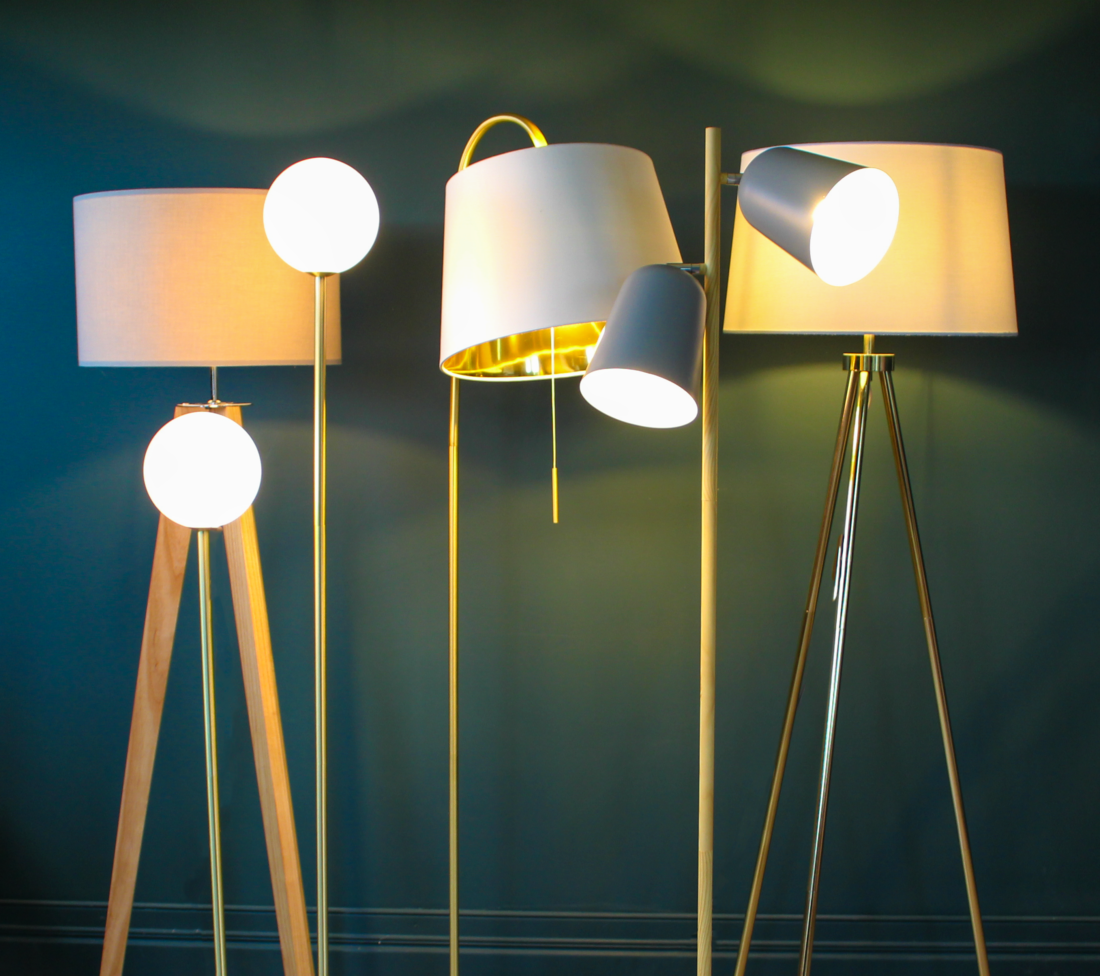
There’s a familiar scene in DIY shops across the country: a confused shopper holding an old incandescent light bulb, desperately seeking a replacement. You have never had more options when buying and looking for different light bulb types than you do today. Even better, those options have never been as energy-efficient and cost-effective as the light bulbs on our shelves right now.
So whether you’re trying to find the right light to bring out your newly painted walls, trying to brighten up a dark space, or trying to cut your energy bills, there’s a light bulb out there for you. From LED to lumens, our guide covers what you need to know about the different light bulb types to be an informed shopper.
What Are the Four Light Bulb Types?
Today, you’ll encounter four light bulb types in the market: CFL, LED, eco-halogen, and appliance bulbs. Each of these is a distinct type and comes in at different price points, so it’s worth diving into the technical specs to help you narrow down your choice by type.
Here’s a quick cheat sheet to help you:
| CFL | Soft, warm light; ideal for lamps |
| LED | Bright, crisp light; ideal for fixtures |
| Eco-Halogen | Bright, crisp light; ideal for fixtures |
CFL (Compact Fluorescent Lamp) Bulbs
The most often-purchased lightbulb today is the CFL (compact fluorescent lamp) bulb. As the successor to the old incandescent bulbs, CFL bulbs are inexpensive, energy-saving light bulbs that you can use across your home.
Unlike incandescent bulbs, CFL bulbs use electric currents to produce light. The old incandescent bulbs had a filament inside that heated until it began to shine, which not only made incandescent bulbs more costly to run but also more challenging to control.
The average CFL lightbulb is four times more efficient than the old incandescent bulbs, and they have a lifespan of 10,000 hours or ten years if used responsibly. So you’ll save a few pennies every month, and you won’t be popping out to the shops to replace your lightbulbs anytime soon.
LED Bulbs
LED bulbs are the most energy-friendly lightbulbs on the market. They cost 90% less to run than the old incandescent bulbs, which means it’s no longer a tragedy if you leave the room without turning off the big light. The technology focuses the glow, which means you don’t need as many bulbs to light up one space.
LED lights don’t burn out completely. Instead, they lose their glow slightly over time, so you’ll never wake up in the middle of the night to find a lightbulb has blown.
People choose LED light bulbs when they want:
- Lower electric bills
- Longer bulb life
- Improved quality of light
However, there’s a lot more to the new LED technology than just big savings. LEDs make it easier to use creative lighting fixtures or even design a custom lighting fixture or statement piece.
ECO Halogen Bulbs
What’s the difference between an ECO Halogen bulb and a traditional halogen bulb?
Old halogen bulbs are similar to incandescent bulbs thanks to the tungsten filament, but they last almost twice as long as an incandescent. However, unlike most types of energy-saving light bulbs, a non-ECO halogen bulb is unlikely to pay for itself before it burns out (after around two years of normal use).
ECO-halogen bulbs run longer and require less energy than a typical halogen bulb, but they aren’t as efficient or customisable as an LED bulb.
You might choose an ECO-halogen bulb if your fixture requires it or if you aren’t quite ready to make the jump to LEDs.
Appliance Bulbs
Appliance bulbs replace old lights across your kitchen, usually in your oven, fridge, and freezer. Your manufacturers’ instructions will help you identify the right replacement bulb. Alternatively, hold on to the old bulb and bring it into a Woodies store to use as a guide.
Getting to Grips with Watts: What Kind of Light do You Want?
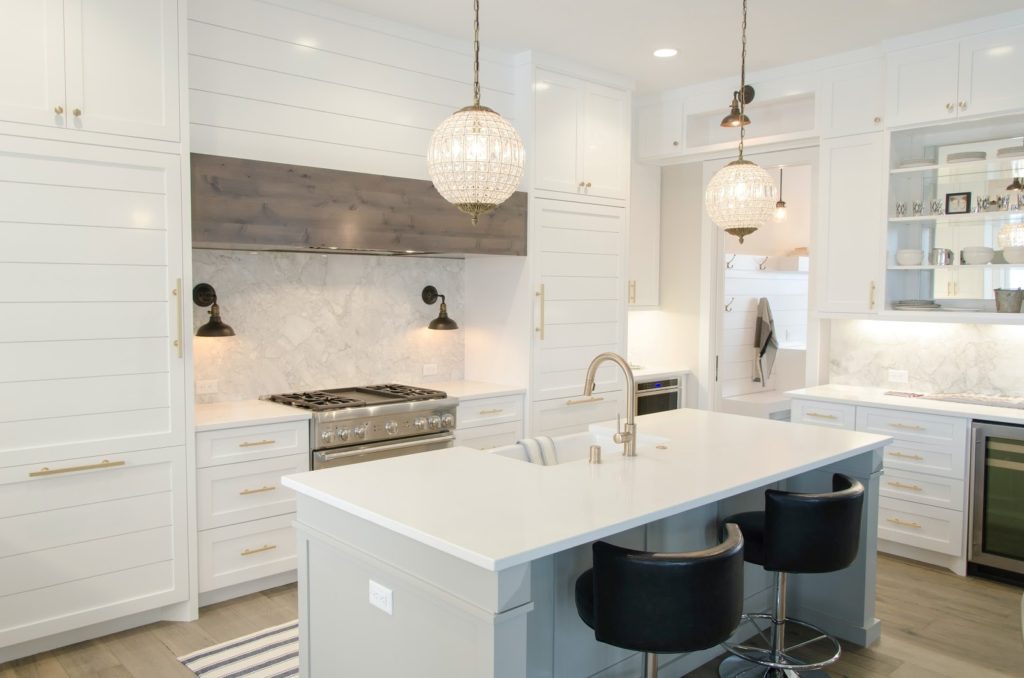
Once you choose the type of bulb you want, you want to find the perfect light for each room. The right light can make your room cosy, easier to work in, or even bring out the detail in your colour scheme.
There’s no need to guess to find the right bulb. You can use Kelvins, lumens, and wattage to help make your choice. You’ll find these measurements on every bulb.
Kelvins Colour Scale
A lightbulb’s Kelvins refer to the colour (or temperature) of light it emits. Old incandescent bulbs emitted a bright yellow light, and old CFLs used to produce cool, blue light and nothing else.
Now, you can get a wide range from warm to cool, particularly among LED bulbs.
Here’s a quick breakdown of the Kelvins you’ll look for in each room:
| Bedrooms | 2700 Kelvins | Soft warm white light |
| Living Rooms | 2700 Kelvins | Soft warm white light |
| Kitchens with natural light | 4100 Kelvins | Bright or cool white |
| Bathrooms (with a window) | 4100 Kelvins | Bright or cool white |
| Bathrooms (with no window) | 4000-5000 Kelvins | Daylight |
| Basements | 5000 Kelvins | Daylight |
Lumens
A lightbulb’s brightness is now usually expressed in lumens (lm), which is a measure of the amount of light visible to your eye. You typically want a bright kitchen so you can see well as you cook. When choosing LED lighting for the bedroom, you want a dimmer, bluer light to help with sleep.
So, you want a higher number of lumens in your kitchen and a bulb with a lower number of lumens in your bedroom.
Use this guide to help you:
| Kitchen | 5,000-10,000 lm |
| Bedroom | 2,000-4,000 lm |
| Living Room | 1,500-,3000 lm |
| Bathroom | 4,000-8,000 lm |
| Home Office | 3,000-6,000 lm |
| Dining Room | 3,000-6,000 lm |
Watts
Kelvins signal the colour of the light and lumens help you find your brightness. Where does Watts come into play?
The concept of Watts mainly applies to old incandescent bulbs. Lumens became more prominent with LED bulbs. Why the switch? Because scientists don’t measure light in watts: they measure it in lumens or foot candles. As a result, lumens is a better expression of the light available from new light bulbs.
If you have an old lamp or fixture that expresses its measurement in watts, use this handy chart to translate it into a new bulb:
- 25 watts - 200 lumens
- 40 watts - 450 lumens
- 60 watts - 800 lumens
- 75 watts - 1,100 lumens
- 100 watts - 1,600 lumens
- 150 watts - 2,700 lumens
The standard light bulb wattage is 60 watts, so most people find themselves within an 800-lumen LED or CFL bulb.
How to Find the Right Light Bulb
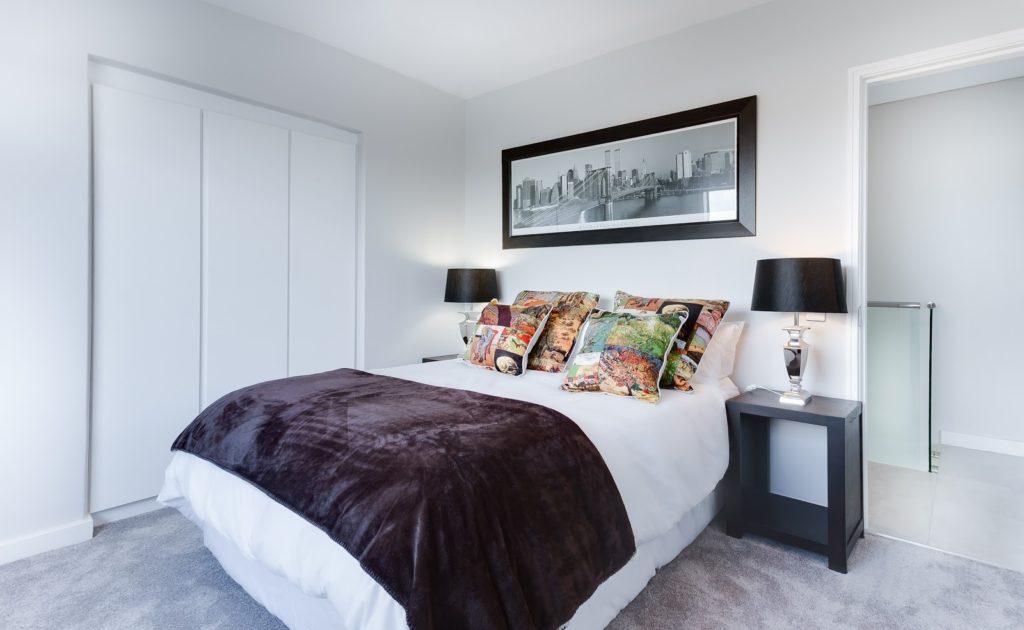
Are you on the hunt for a new lightbulb, or maybe a house full? Find your perfect bulb in five steps:
- Go for the right technology (CFL, ECO-Halogen, LED).
- LED light bulbs are the most adaptable and function well in every room and outdoors. If you use a dimmer, buy “dimmable” LED bulbs to avoid a flickering effect.
- Keep in mind you can’t use some CFLs outside or in cold rooms. They’re also not ideal for areas where you want light quickly, like bathrooms or stairways. You also need to choose carefully if you have a dimmer switch.
- Choose your cap fitting by checking your current lightbulb or reading the light fitting manufacturer’s instructions (B22 bayonet cap, B15 small bayonet cap, E27 Edison screw cap, E14 Small Edison screw cap, GU10 Spotlight Cap, MR11, MR 16, etc.).
- Find your brightness level by lumens or watts.
- Select your preferred colour by Kelvins.
- Find inner peace.
What Wattage Do I Choose to Switch Out My Old Incandescent Bulbs?
When you bought incandescent bulbs, you bought a bulb with the number of watts supported by a fixture; you’d usually find it on the tag or even on the fixture itself. Most incandescent bulbs were 40, 60, or 100 watts.
If you’re changing to LED light bulbs, in particular, you will find far lower wattage numbers because LEDs require less energy for the same amount of light.
A simple hack for buying LED lights is to multiply the wattage by five to compare it to an old incandescent bulb. So, a 12-watt LED bulb will be similar to an old 60-watt incandescent bulb.
Do CFL Bulbs Take Ages to Light Up?
Old CFL bulbs have a reputation for turning on very, very slowly. The technology continues to improve, and they now light up very quickly. However, they still aren’t best suited to rooms where you need light immediately, such as the bathroom or a stairway.
What Types of Light Bulbs Work Best in Every Room?
The lightbulb that works best in every room of the house is the LED bulb because it’s highly customisable, incredibly efficient, and quickly lights up spaces. You can find brighter, warmer, and cooler LED bulbs by sorting by Kelvins and lumens.
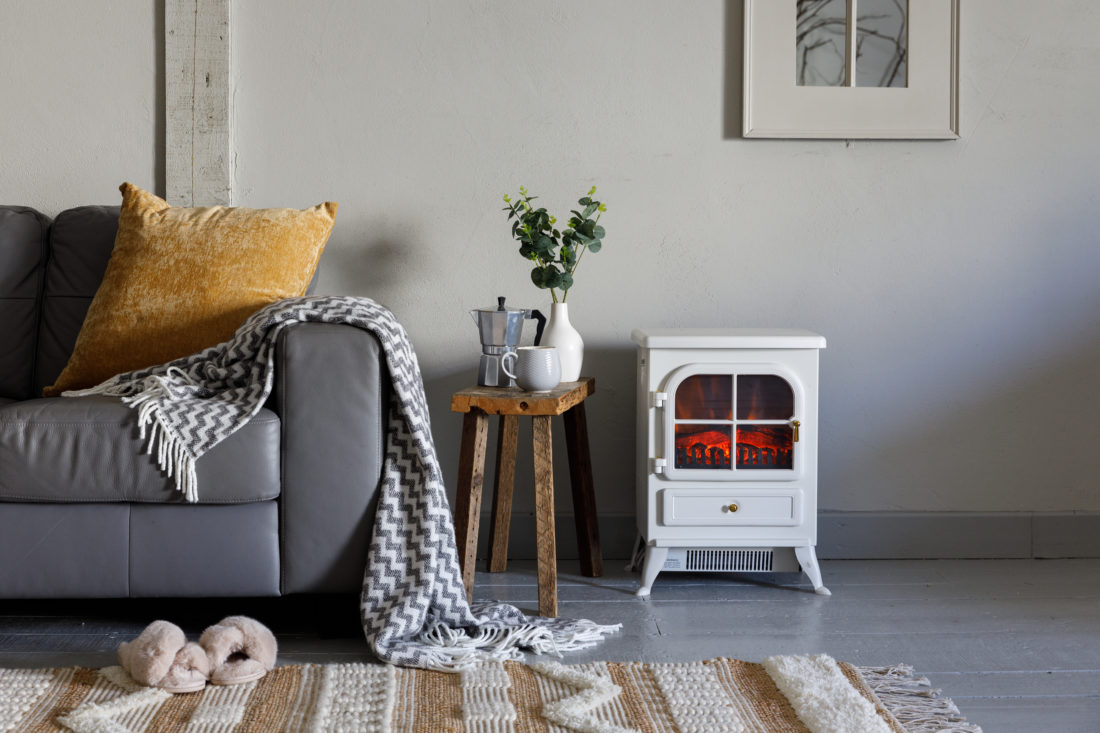
- Home Décor
8 Ways to Keep Warm This Winter
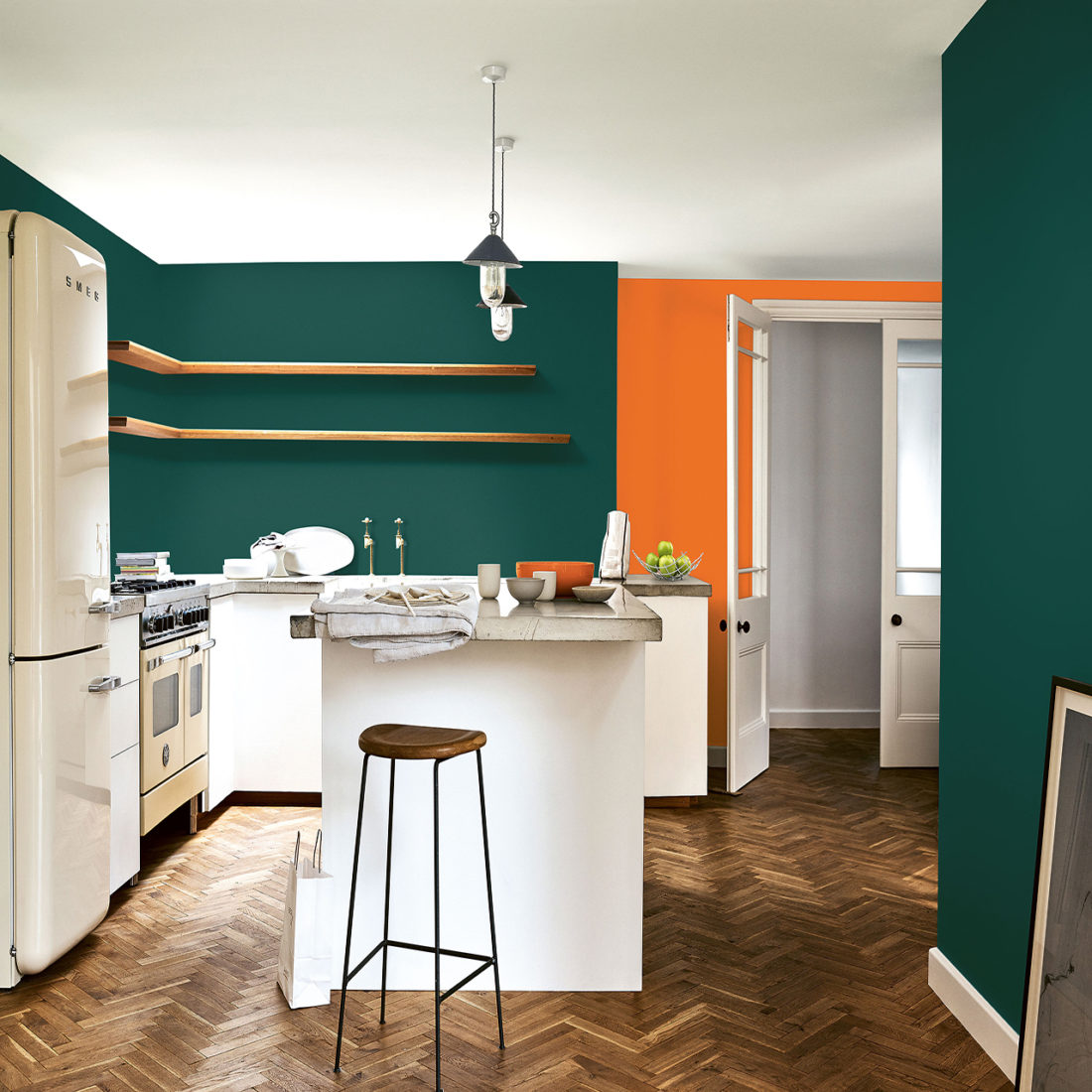
- Paint & Decorating,
- Home Décor
How To Paint Interior Walls
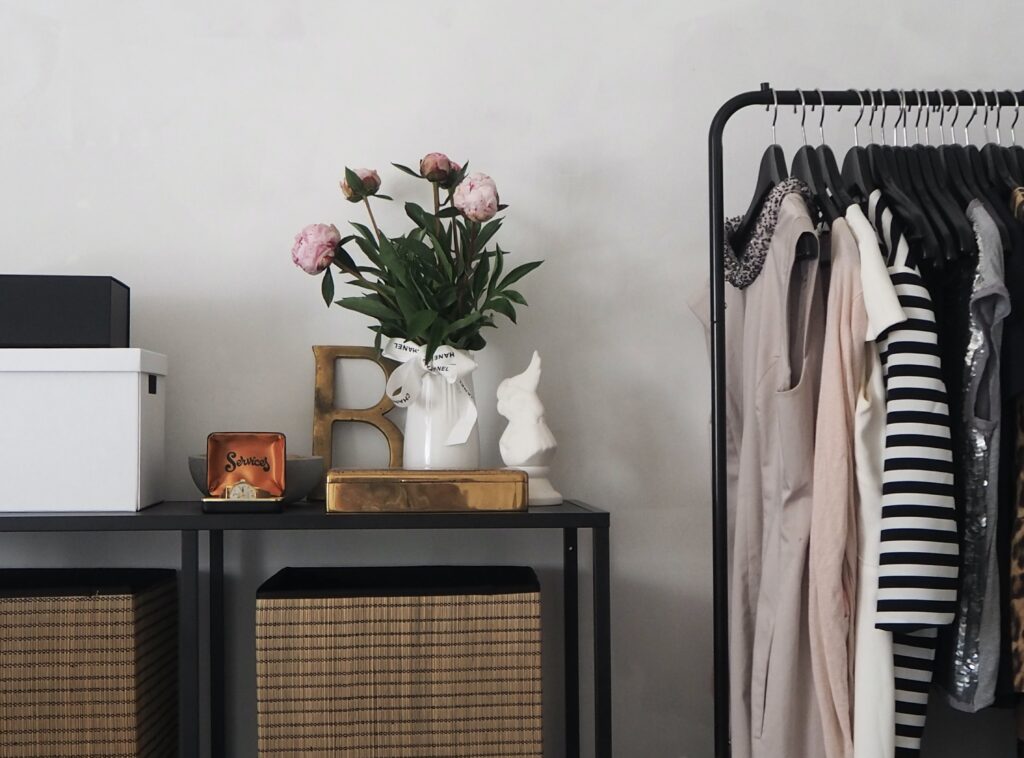
- Home Décor
Maximize Your Space: 17 Small Bedroom Storage Ideas
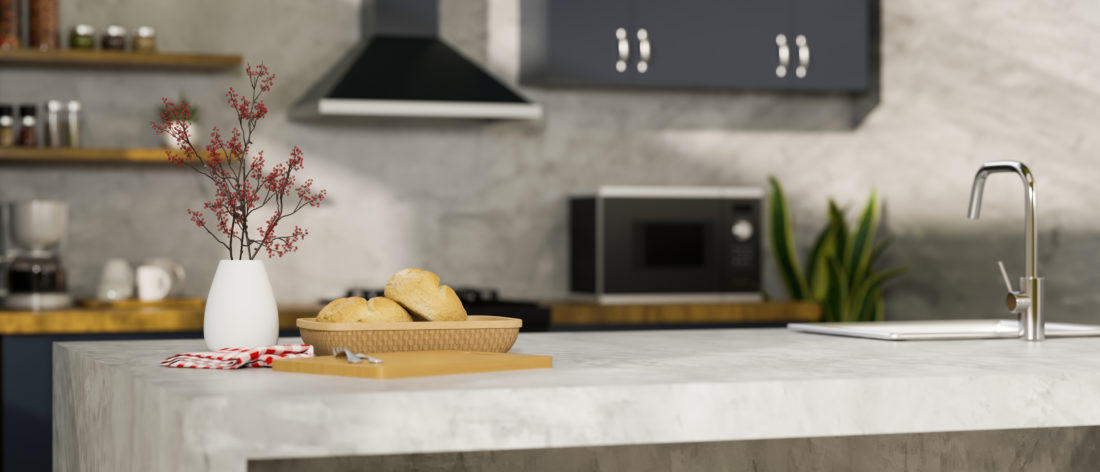
- Home Décor,
- Kitchen
The Top 8 Kitchen Island Decor Ideas to Spruce Up Your Home
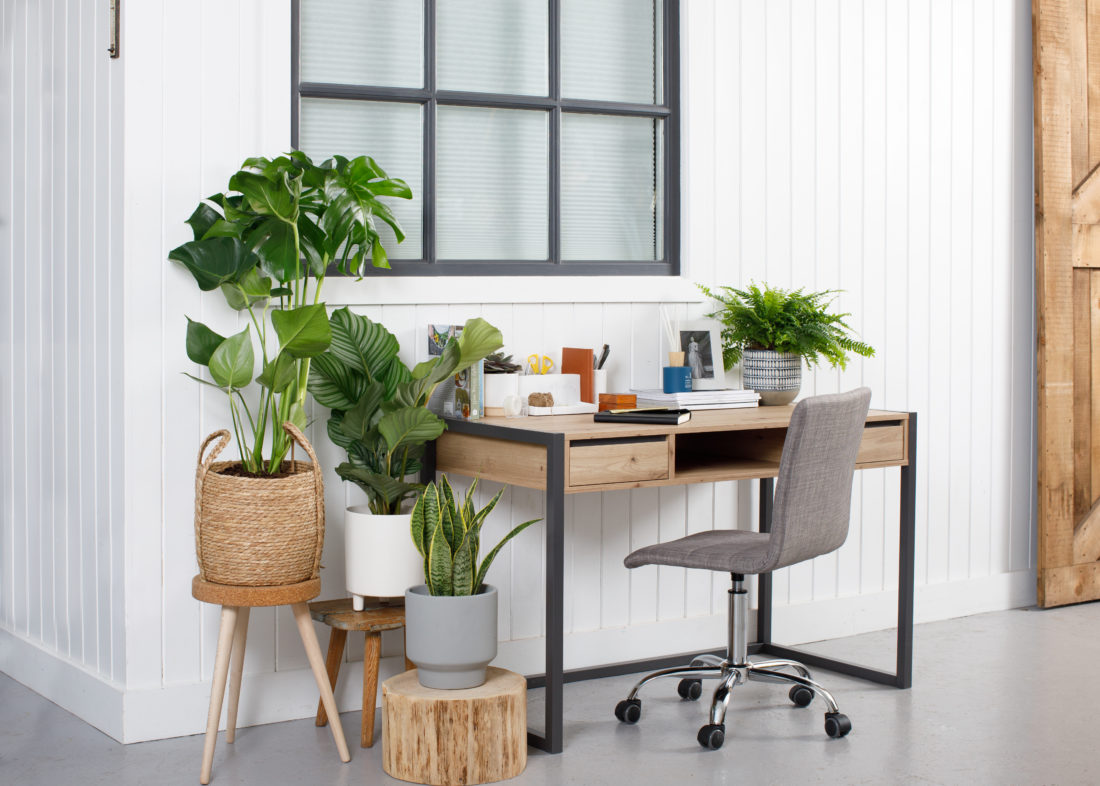
- DIY & Building,
- Home Décor
Top Tips for Building Flat Pack Furniture Stress-free

- Home Décor
